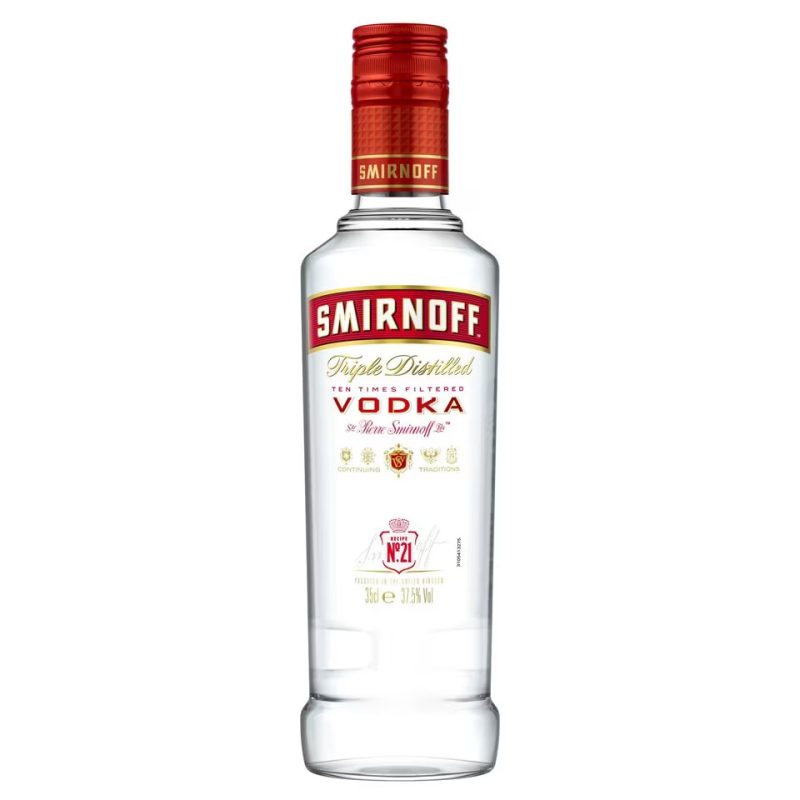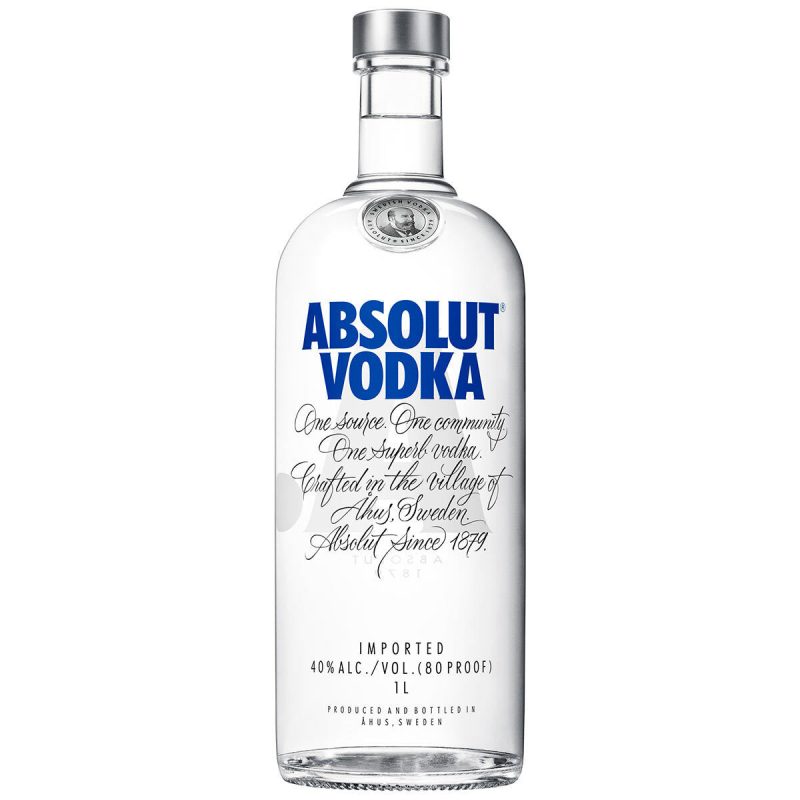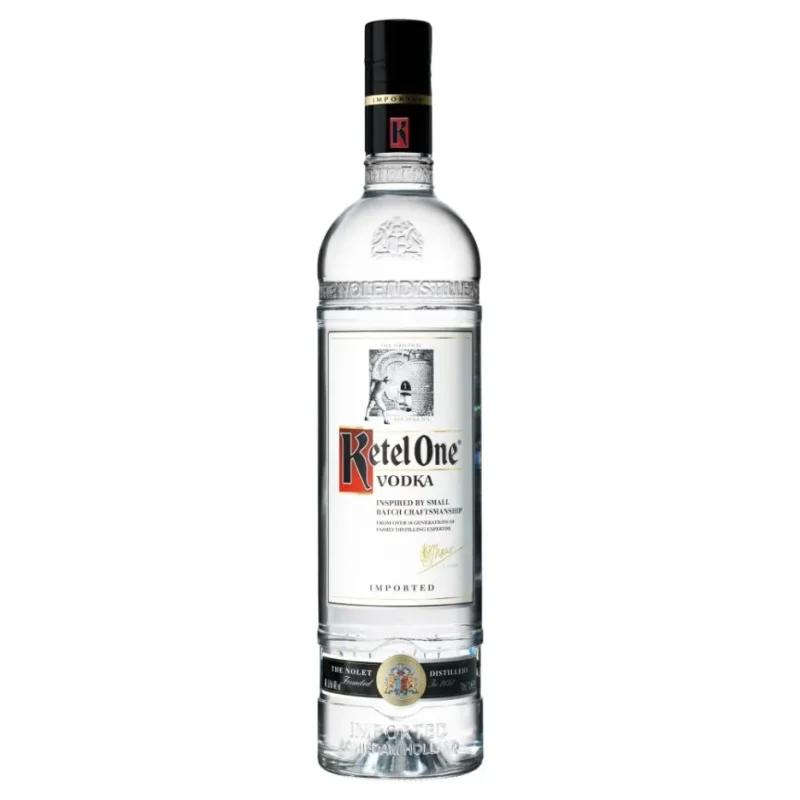Welcome to Vodka Doctors, your ultimate destination for everything related to vodka. Do you enjoy sipping on a perfectly crafted vodka martini or relaxing with a classic Moscow mule? You've come to the right place! In today's post, we shall guide you through the fascinating journey of making your very own vodka. So, roll up your sleeves, and let's get started!
Best Budget Vodkas Ranked
The History and Origin of Vodka
Vodka has humble roots tracing back to the Eastern European region. It is made from fermented grains or potatoes and distilled multiple times to achieve a crystal-clear and high-proof spirit. Vodka has been enjoyed for centuries and is ingrained in the cultural fabric of countries like Russia, Poland, and Ukraine.
Choosing the Right Ingredients
Before diving into making vodka, it's essential to select the proper ingredients. Vodka can be made from multiple sources, including:
- Grains: Wheat, rye, and corn are popular choices for grain-based vodkas.
- Potatoes: Traditional and commonly used in Poland and Russia, potato vodkas have a distinct creamy and smooth texture.
- Fruits: Grapes, apples, or even pears can be used to create more distinct flavored vodkas.
Ensure that you use high-quality ingredients to ensure a pure and authentic flavor profile in your vodka.
The Fermentation Process
Now that you have chosen your preferred ingredients, it's time to kick start the fermentation process:
- Crushing: Begin by crushing or mashing your chosen base ingredient. This process helps release sugars within the grains or potatoes.
- Adding water and enzymes: Next, mix the crushed ingredients with water and enzymes, like amylase, to convert the starches into fermentable sugars. Keep the ratio of water and ingredients in the range of 1:1 to 1:3, depending on desired alcohol content.
- Fermenting: In a sealed container, add yeast to the mixture and let it ferment at room temperature for about 5-7 days. Monitor the temperature, ideally keeping it between 20-30°C. Once the bubbling ceases, the fermentation is complete.
Distillation and Filtration
To achieve the smooth and high-proof vodka we all know and love, the next steps are distillation and filtration.
- Distillation: Use a good-quality still to heat the fermented mixture, causing the alcohol to evaporate and separate from the water and other sediments. As the alcohol vaporizes, it travels through a condenser to cool and re-liquefy. This distilled liquid, called "low wines," is collected and distilled again, often multiple times, to increase its purity and alcohol content. Some artisan vodkas are distilled, even up to 6 or 7 times!
- Filtration: After distilling, your vodka is almost ready. The final step is to filter it through activated charcoal or other filtering agents. This process helps remove remaining impurities and off-flavors, resulting in a smooth, clean vodka.
How To.Make Vodka Example:
If you are making potato vodka, for instance, you'd first wash, peel and boil the potatoes. After cooling them, you will crush and add water and enzymes, allowing the starches to turn into sugars. Add yeast to ferment the mixture and then distill the liquid to remove impurities. Finally, filter the distilled vodka through a charcoal filter, giving you clear, smooth, and authentic potato vodka that you could use in a home-batched cocktail or a neat sipper.
Frequently Asked Questions
What is vodka made from?
Vodka can be made from various ingredients with fermentable sugars, commonly including grains like wheat, rye, or corn, and sometimes potatoes, grapes, or even beets. The choice of base ingredient can affect the final flavor of the vodka.
What is the basic process of making vodka?
The basic process of making vodka involves fermentation of the sugars in the base ingredients to produce alcohol, followed by distillation to increase alcohol concentration and remove impurities. It is then typically filtered and diluted with water to the desired proof for bottling.
Can I make vodka at home legally?
The legality of home distilling varies by country and region. In many places, including the United States, you need a special permit to legally distill alcohol for consumption. Always check your local laws before attempting to make vodka at home.
What kind of equipment do I need to make vodka?
To make vodka, you will need a fermentation vessel, a distillation apparatus (still), a heat source, and equipment for filtering and bottling. For precise production, measuring instruments like thermometers and hydrometers are also recommended.
How long does it take to make vodka?
The time required to make vodka can vary. The fermentation process generally takes about 1-2 weeks, but the distillation process can take a day once fermentation is complete. Additional time may be needed for filtering and resting the spirit before it reaches optimal quality.
What temperature should I ferment the mash at?
Fermentation temperatures can vary depending on the yeast used but typically take place between 60-75°F (15-24°C). Maintaining a consistent temperature within the optimal range for your yeast will ensure a successful fermentation.
How many times should vodka be distilled?
Vodka is often distilled multiple times to achieve a higher purity level. The number of distillations can range from 2 to more than 5 times, depending on the desired quality and the distiller's preference.
Why is vodka filtered?
Filtering vodka helps remove any remaining impurities and can enhance the smoothness of the final product. Activated carbon is a common filtering material that absorbs unwanted flavors and aromatics.
Do I need to age vodka?
Unlike spirits such as whiskey or rum, vodka is not typically aged. It can be consumed immediately after distillation, filtering, and dilution. However, some distillers may rest their vodka for a short period to allow the flavors to meld.
What proof should homemade vodka be?
Commercial vodka is typically bottled at 80 proof (40% alcohol by volume), but homemade vodka can be adjusted to your preference. It is often distilled to a higher proof and then diluted with water to achieve the desired strength.
Can flavored vodka be made at home?
Yes, you can create flavored vodka by infusing the finished spirit with fruits, herbs, spices, or other flavorings. The infusion time varies, but it generally takes several days to a few weeks until the desired flavor intensity is achieved.
Is making vodka from potatoes different from grain?
The initial processing of potatoes versus grain is different since potatoes need to be cooked thoroughly to break down the starches before fermentation. Grains typically undergo a malting and mashing process. However, the fermentation, distillation, and filtering stages are similar.
What is the best type of still for making vodka?
Column stills are often preferred for making vodka because they allow for continuous distillation and can achieve a high level of purity in the final product. Pot stills can also be used, but may require additional distillation runs.
How do you measure the alcohol content of homemade vodka?
The alcohol content, or proof, of homemade vodka is measured with a hydrometer, which gauges the density of the liquid compared to water. This reading, combined with temperature adjustments, allows you to calculate the alcohol by volume (ABV).
What's the difference between distilling and filtering?
Distilling is the process of heating the fermented liquid to produce alcohol vapors, which are then condensed back into a liquid with a higher alcohol content. Filtering is the process of passing the distilled spirit through a medium like activated carbon to remove unwanted impurities and flavors.
What should I do if my fermentation isn't starting?
If fermentation does not start, it could be due to several factors such as temperature, pH levels, or lack of nutrients. Ensure the environment is within the optimal range for your yeast, and consider adding nutrients or adjusting pH levels. If these steps do not help, you may need to repitch fresh yeast.
How can I ensure the purity of my homemade vodka?
To ensure purity, be diligent with your distillation process by discarding the heads and tails, which contain unwanted compounds. Multiple distillation runs and thorough filtering will also contribute to a purer vodka.
Can I reuse the yeast from a previous batch?
While it is possible to reuse yeast from a previous batch (a process known as yeast harvesting), it is not recommended for beginners. Reused yeast can carry over flavors or impurities if not properly managed, which could impact the quality of your vodka.
How do I store homemade vodka?
Homemade vodka should be stored in a cool, dark place away from direct sunlight. It is best kept in an airtight container, such as a glass bottle with a secure lid. Proper storage will help maintain the quality and shelf life of the vodka.
Is water quality important for making vodka?
Yes, water quality is extremely important in the production of vodka. The water used for diluting the spirit after distillation should be clean and free of any unpleasant tastes or odors, as it can significantly impact the final taste of the vodka.
Congratulations! You now have a taste of what it takes to make vodka from scratch. We hope this guide has ignited your passion and curiosity for the incredible world of vodka. Don't forget to share this article with your friends and explore the wealth of information on vodka brands, cocktails, and more on Vodka Doctors. Cheers to your new-found knowledge and a mixed drink made with your very own vodka!
















